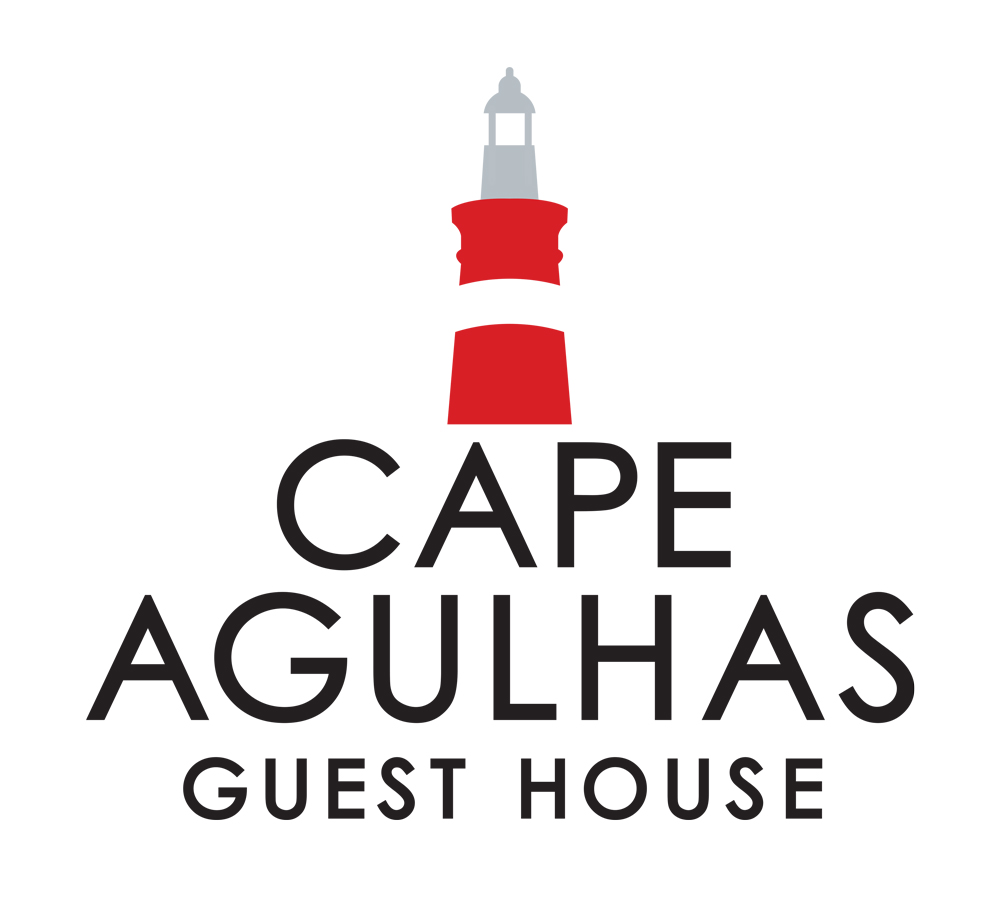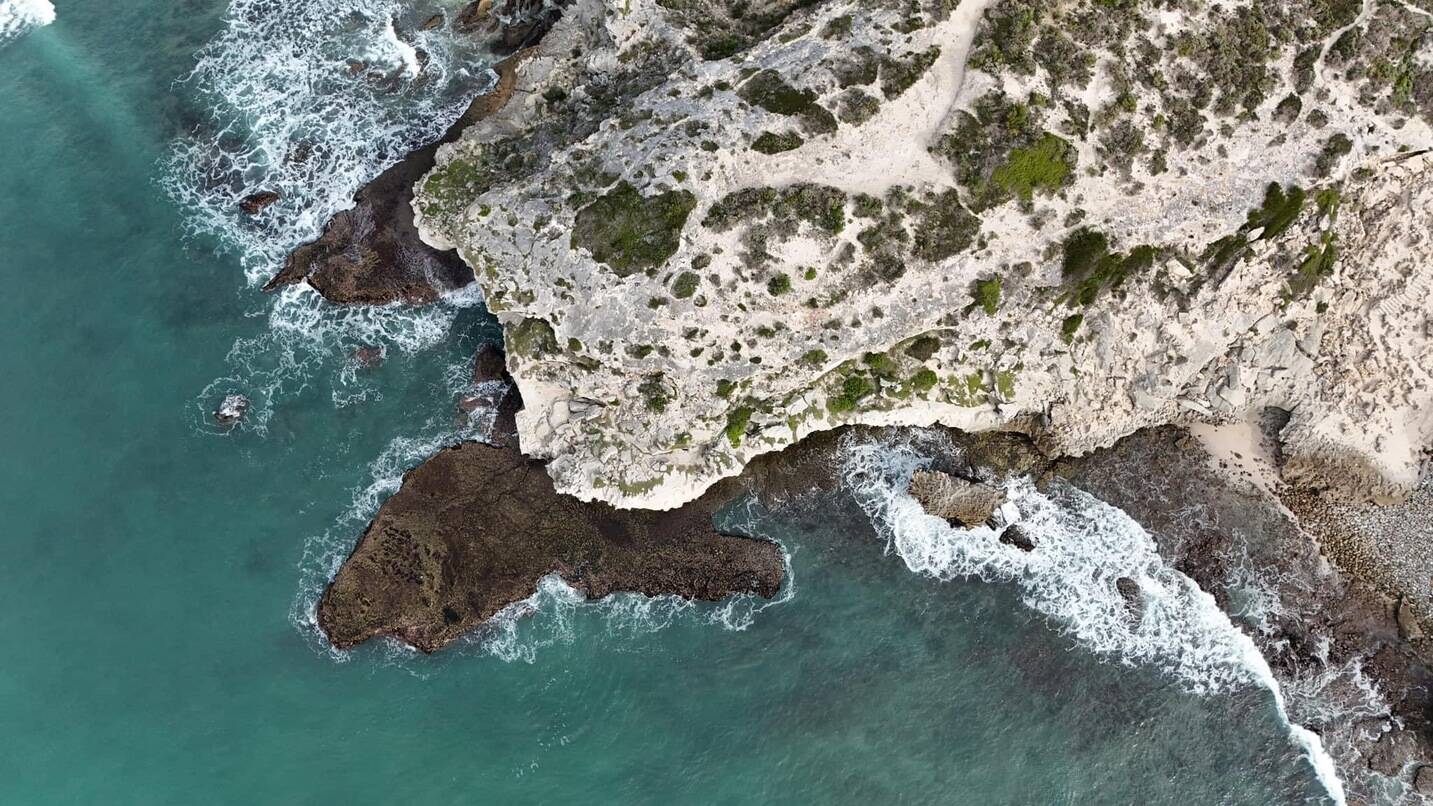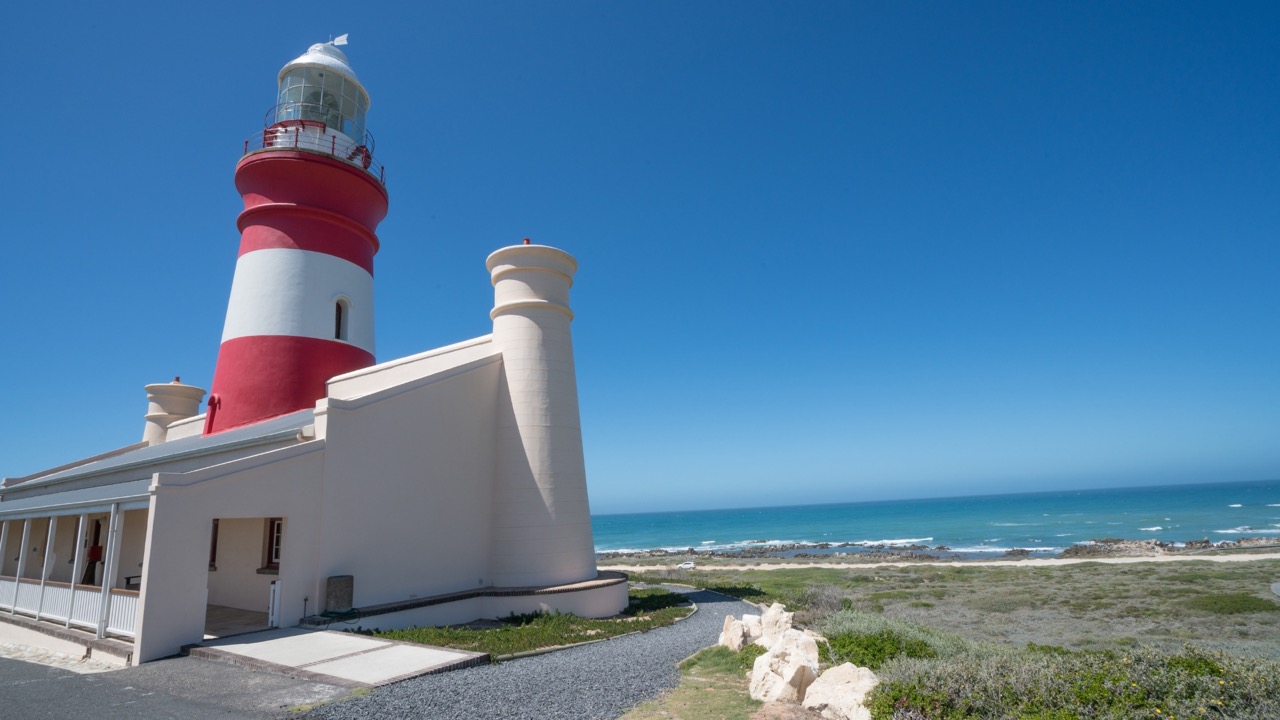Southern Africa has a long and intricate naval history. In the last 500 years, there have been more than 2500 shipwrecks along South Africa’s coastline. From early Portuguese explorers in the 1500s to the height of sea trade between South America, Europe and India, the Cape distinguished itself as a dangerous though necessary stopover for ships navigating around the tip of Africa.
With a coastline spanning more than 2500 kilometres along the Indian and Atlantic oceans, it’s no surprise that there are almost as many shipwrecks as there are kilometres. South Africa’s Cape, which is considered to be one of the most formidable naval passages in the world, has claimed thousands of vessels over the centuries. The most famous wrecks include the Grosvenor, the Arniston, the Waratah, the Birkenhead, the Sacramento, The SS Thomas T Tucker, and the Oceanos.
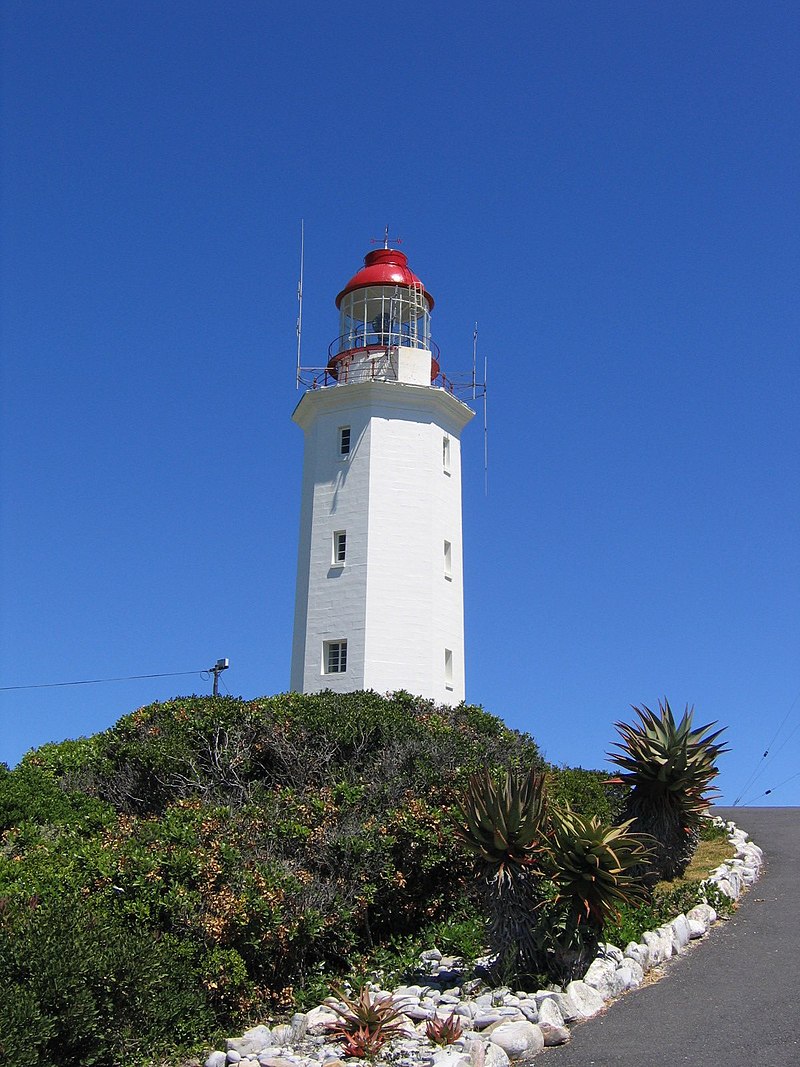
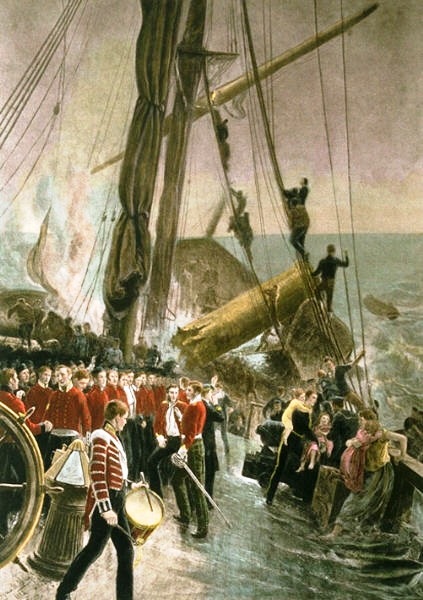
The Southern Tip of Africa, where the Indian and Atlantic oceans meet, is littered with the wrecks of over 140 ships that met their violent end along its treacherous coastline. Thousands of lives and priceless cargos have been lost in its raging storms and turbulent waters. The highest concentrations of shipwrecks can be found around the Southernmost point of Africa at Cape Agulhas, the rocky shores of Arniston, and the Cape of Storms near Cape Point.
In an attempt to reduce the number of shipwrecks, many lighthouses were erected along South Africa’s coastlines, including the Cape Agulhas Light House, the Green Point Light House, and the Cape Point Lighthouse. But the formidable storms and heavy mist were still to prove fatal for many. The Cape of Good Hope, in particular, is infamously known as the “graveyard of ships” and, while being a hopeful refuge for supplies and fresh water, South Africa’s Cape became commonly referred to as the “Cape of Storms”.
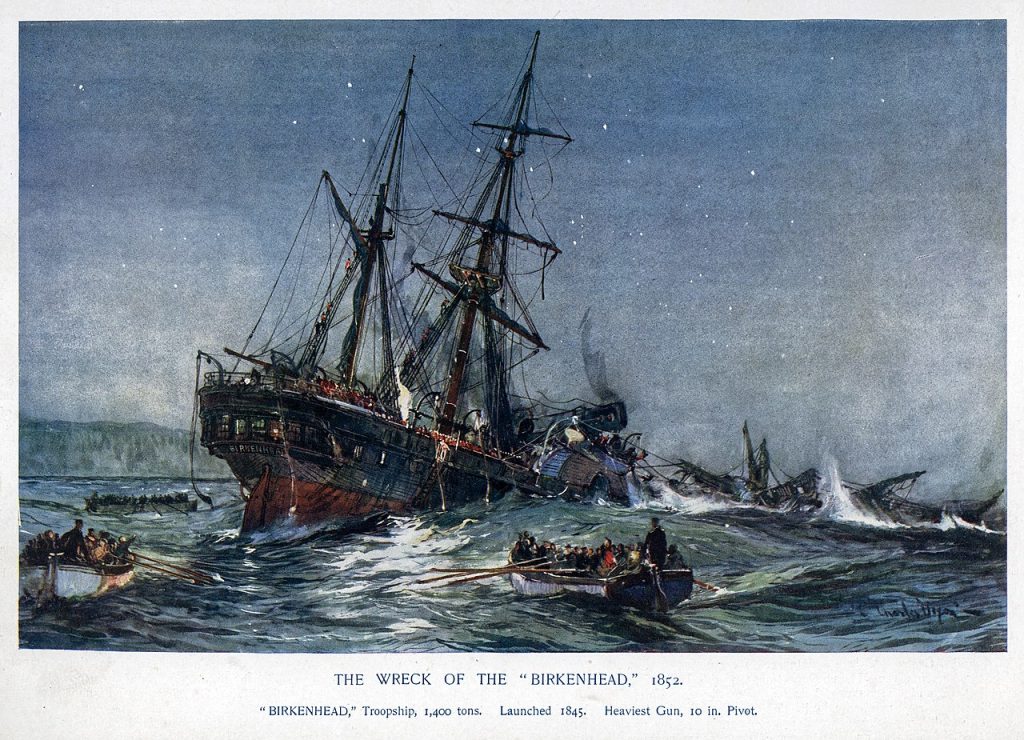
Women and Children First!
The Birkenhead, which met her doom in 1852, earned her fame by being the first to employ the “women and children first” protocol. The men, who were mostly soldiers, were ordered to “stand fast” while the woman and children were given priority over the lifeboats. Of the 638 passengers, only 193 were saved while the remaining men stood solemnly and obediently on the deck as the Birkenhead slowly went under.
The sinking of the Birkenhead is one of the earliest maritime disaster evacuations during which the concept of “women and children first” is known to have been applied. “Women and children first” subsequently became standard procedure in relation to the evacuation of sinking ships, in fiction and in life. Death by drowning came quickly to most of the soldiers and men on board, while many were allegedly taken by Great White Sharks. All of the women and children were saved.
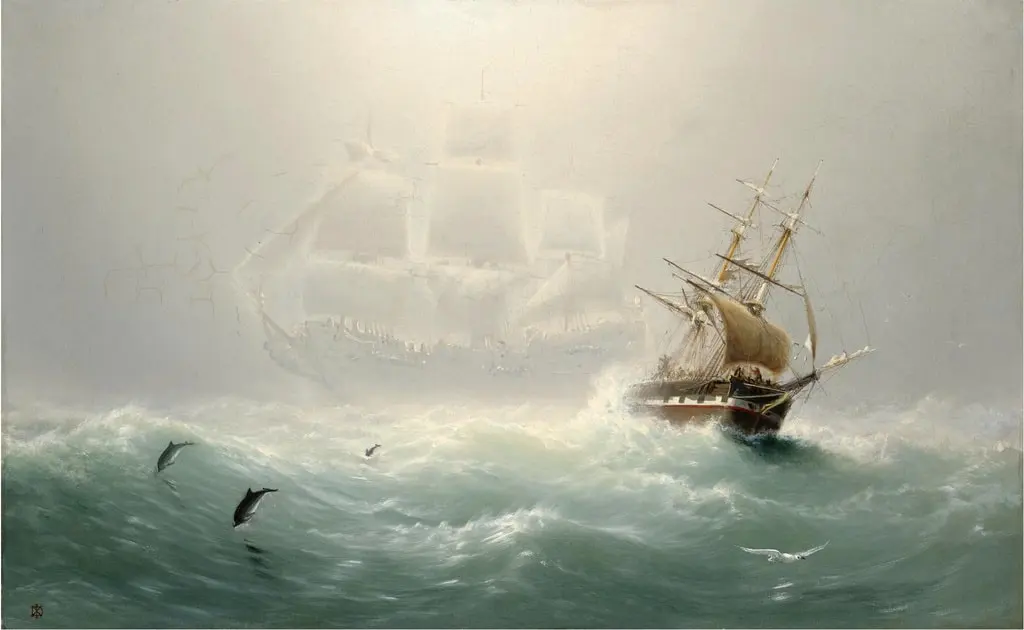
The Legend of the Flying Dutchman
The Flying Dutchman and his doomed vessel is a terrifying though famous South African legend. The story goes that Captain Hendrik Van der Decken was rounding the Cape on a homeward journey from Batavia to Holland when he came up against a raging storm. Mercilessly he drove his ship on, ripping the sails and flooding the deck. The terrified crew beseeched him to turn back, but he lashed himself to the wheel and swore defiantly that even God would not stop him.
The Holy Ghost heard his blasphemous oath and descended onto the deck in a brilliant beam of light. Van der Decken drew his pistol and fired a shot at the divine deity, but his arm fell withered at his side. The Holy Ghost boomed an everlasting curse on the captain, sentencing him to sail the raging seas of South Africa’s ‘Cape of Storms’ for an eternity, bringing bad fortune to whoever laid eyes on him.

Shipwrecks Along South Africa’s Coastlines
The Wild Coast (Eastern Cape) is well known for its numerous shipwrecks. The Jacaranda wreck in particular involved a 2000 ton Greek owned coaster which ran aground on the night of September 18th 1971. The engines failed and could not compete against the windy seas, eventually the vessel ran aground on the beach. The Captain, his wife and 14 other crew members abandoned the ship – all of whom survived. Today only the rusted bow remains. The wreck is located about a 1.5 hour walk along the beach from Qolora and is a fascinating sight to explore.
The Waratah (1908 – 29 July 1909), sometimes referred to as Australia’s Titanic, was a 500 ft Steamer en route from Durban to Cape Town. It disappeared with 211 passengers and crew aboard. The disappearance of this ship still remains a complete mystery as no trace of it has ever been found.
The Grosvenor (1782) is said to have carried an extraordinary treasure of diamonds, ruby’s, gold and silver. A huge effort has been made to try and locate these wonderful treasures but all that has been found are a few cannon and some gold and silver coins. The Grosvenor struck the rocks of Lambasi Bay (Eastern Cape) on it’s final voyage back from India en route to Britain on the 4th of August 1782.
The Arniston – a British East India ship wrecked near Waenhuiskrans (now Arniston, Western Cape) in 1815. The community changed its name in honour of the wreck and to remember those who died that fateful night. A hurricane enveloped the ship, forcing it’s Captain to head for land. The vessel then struck a reef and began to break up. There were 378 passengers and crew on board, and only a few survived.


The Meisho Maru 38 Shipwreck is at Cape Agulhas (Western Cape) where the Indian and Atlantic Oceans meet. Caught in a vicious storm, the Meisho Maru was a Japanese fishing vessel that ran aground in 1982 just a stone’s throw away from the beautiful Cape Agulhas Lighthouse. Luckily, all crew and passengers survived the wreckage and were able to swim ashore.
There are many shipwreck dive sites along our coast, including one at Smitswinkel Bay on the Southern Peninsula in Cape Town. This is one of South Africa’s deepest dive sites and contains a wealth of shipwreck discoveries. Other shipwreck dive sites located along the Cape Peninsula includes the Maori wreck, the Oakburn, the Boss, the Katzmaru and lots more.
There is also an exciting shipwreck dive off Knyna’s coast. Here you’ll find The Paquita – a German iron barque which sank in 1903.
The Thomas T. Tucker shipwreck can be seen from Oliphantsbos (Cape Point Reserve, Western Cape). This American Liberty Ship struck the rocks while avoiding torpedoes in a night attack in 1942. There are also two other wrecks here, namely the Nolloth, which wrecked in 1965 and Le Napoleon, which wrecked in 1805.
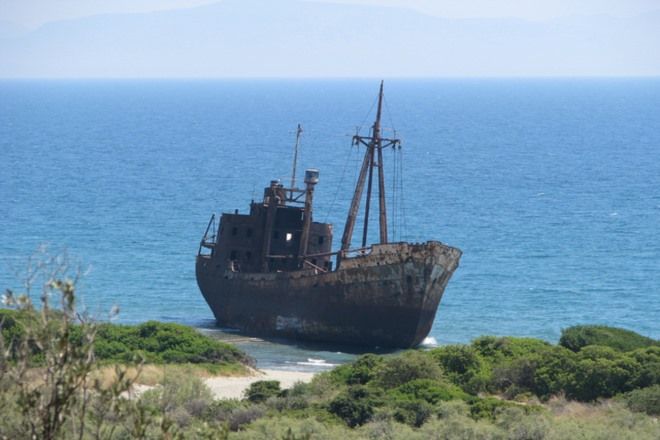
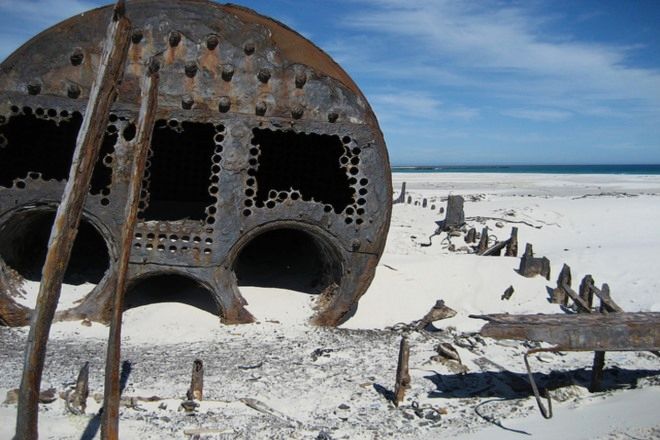
The Kakapo Wreck(Noordhoek Beach, Cape Town) was a 665 ton, schooner rigged steel steamship, built in Scotland in 1898. On 25th May 1900 the Kapapo left Cape Town harbour for it’s voyage to Australia but was met by treacherous seas and heavy rain. The Captain had extremely poor visibility and mistook Chapmans Peak for Cape Point and ordered ‘hard to port full steam ahead’. This unfortunately resulted in the boat smacking straight into the beach. Many attempts were made to pull the Kakapo back into the water but it would not budge.
Namaqualand is a natural wonder and offers many routes, one being the 4X4 shipwreck route near Kleinsee. On this journey, you’ll discover the SS Piratiny – a 5000 ton Brazilian Steamship driven against the rocks by the forceful winds. You’ll also come across the Surveyor which wrecked in 1994.
South Africa’s Shipwreck Museums
While you’re exploring the shipwrecks along South Africa’s coastlines, you’ll also enjoy the endless number of well-kept beaches, incredible marine life, and quaint sea-side towns. And, if you’re looking to learn more about South Africa’s maritime history and notable shipwrecks, there are a few shipwreck museums worth visiting. Filled with interesting treasures, survivor accounts, and artefacts recovered from wreckages, there’s many more wonders to be discovered:
- The Maritime Services Museum in Cape Town
- Shipwreck Museum in Bredasdorp (close to Cape Agulhas)
- East London Shipwreck Museum
